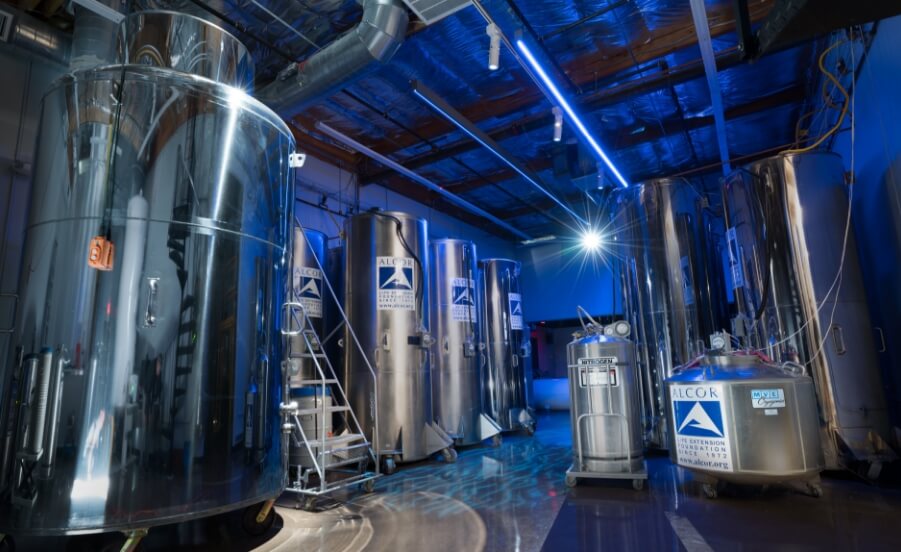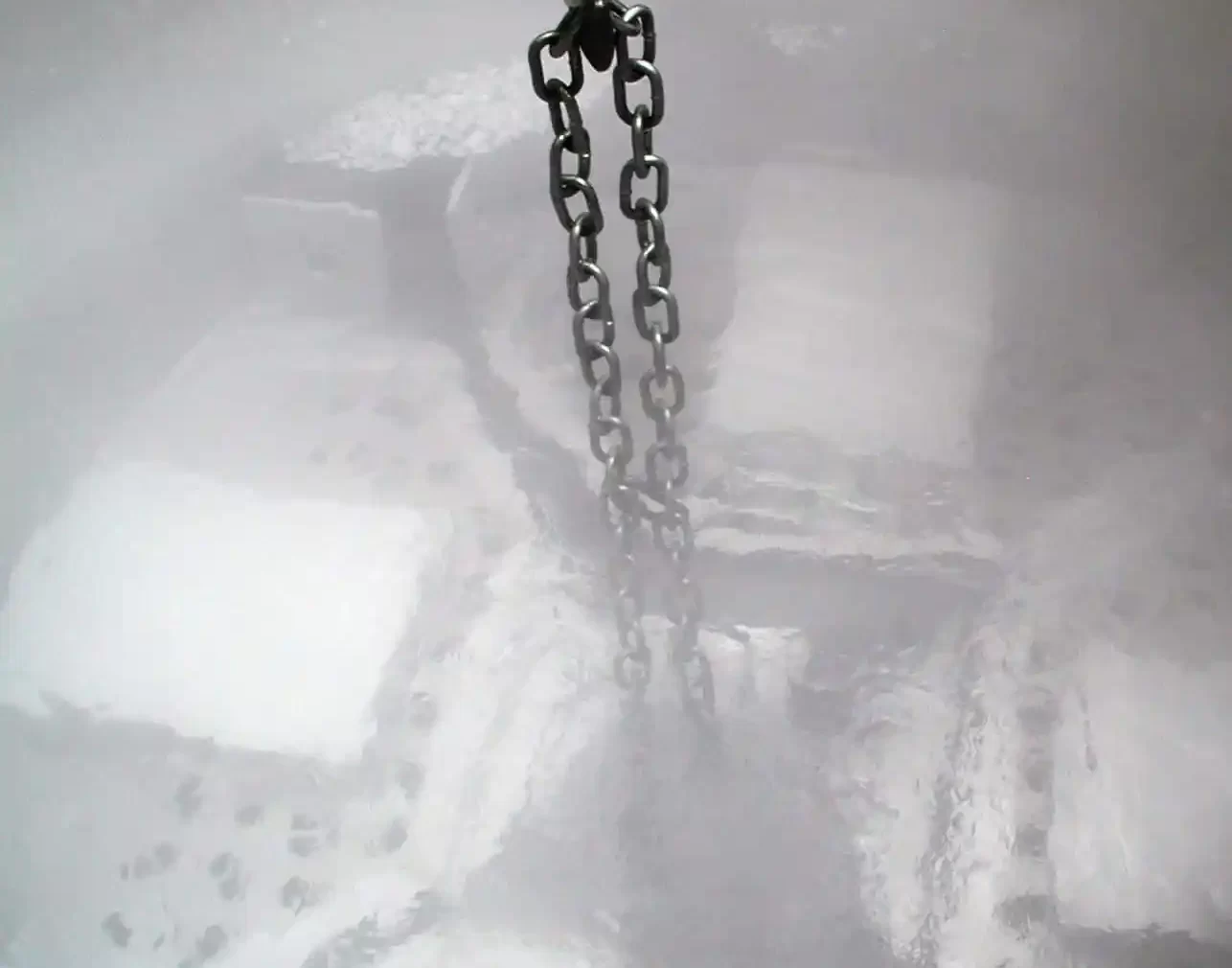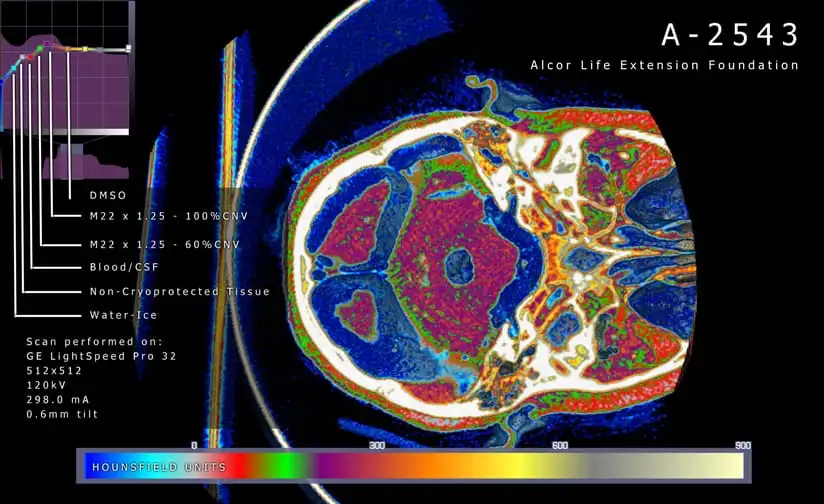The definitions of death change over time as medical understanding and technology improve. Someone who would’ve been declared dead decades ago may still have a chance today. Death used to be when a person’s heart stopped, then when their heart couldn’t be restarted, and is now being extended further.











